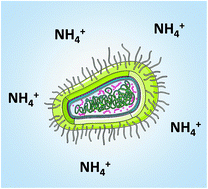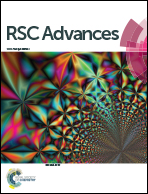Formation of ammonium in saline solution treated by nanosecond pulsed cold atmospheric microplasma: a route to fast inactivation of E. coli bacteria†
Abstract
He/N2 cold atmospheric plasma treatment of E. coli suspension leads to a fast and efficient inactivation process. Significant generation of ammonium is reported. The formation of NH4+ species in saline solution treated by cold atmospheric plasma is proposed for the first time as the main process responsible for the fast bacterial inactivation in pH-buffered solutions, at ambient temperature and physiological pH.


 Please wait while we load your content...
Please wait while we load your content...